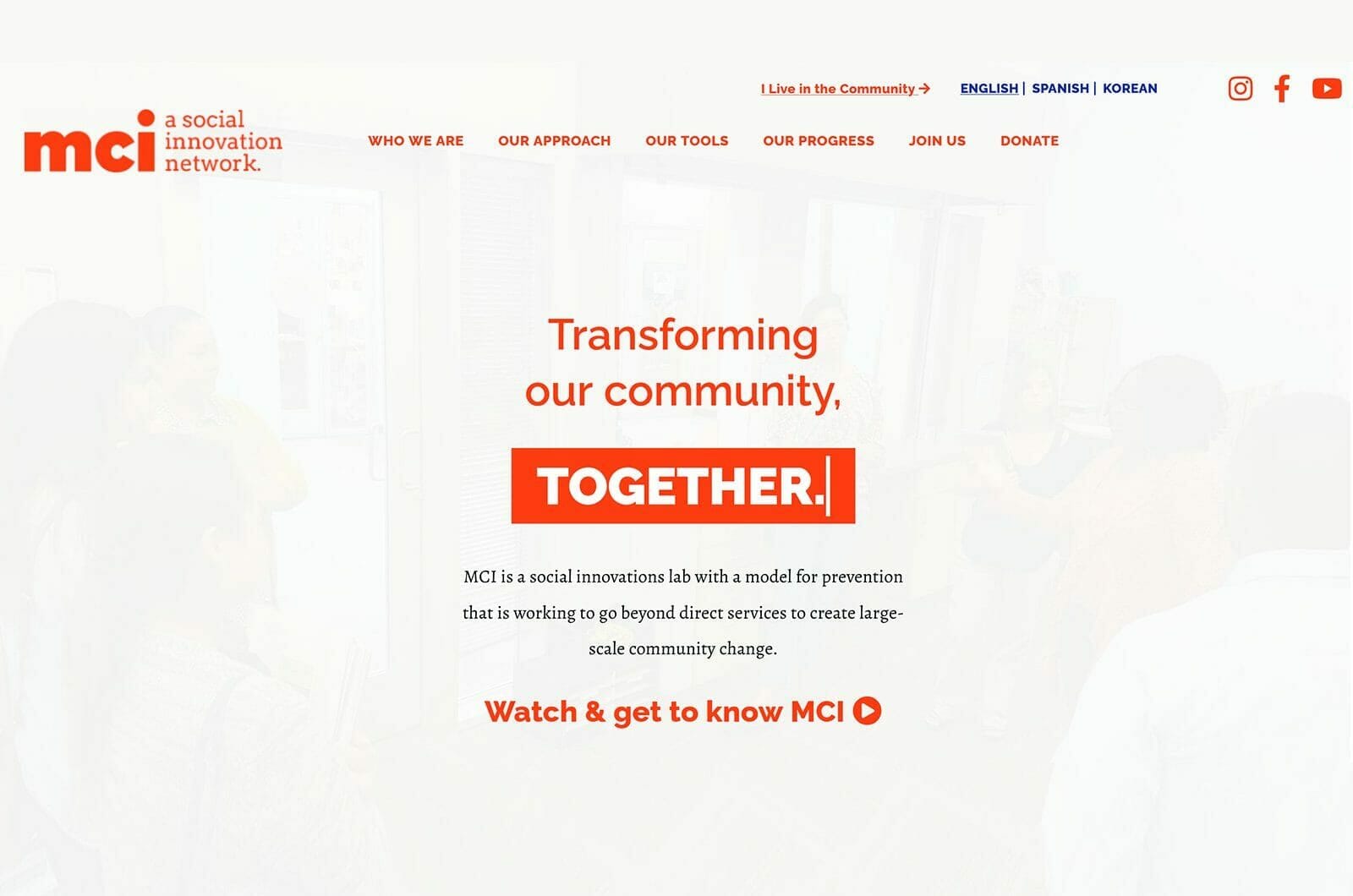6 Apr ‘15
The Art of Great Instructions: 5 Tips for Client Appreciation
6 Apr ‘15
In: Business, Client Services, / By: Kristen O'Connor
People only read instructions when absolutely necessary. Clients most likely won’t give them more than a glance the day you provide them. They will wait until finally ready to do the task to realize 
- Know your audience and be easy to understand: Remember you are not talking to an expert in the field. More often than not the process will be unfamiliar and even intimidating for your client. Use friendly, straightforward language and stay as concise as possible. A good rule of thumb is the old “explain to an alien who just landed from Mars” principal we used in elementary school. You need to assume your audience doesn’t come with any advanced knowledge of the task.
- Keep to the point: Too many details can cause frustration and information overload. Know precisely what the instructions need to cover and stick to those points. When a process is unfamiliar it is vital not to overwhelm with details that are not required for completing the tasks at hand. Don’t be tempted to get into specifics just because you are aware of all the technical intricacies.
- Be organized: There’s a reason instructions take a step-by-step approach. Breaking a larger task up into smaller, manageable pieces will allow your client to move through the process from start to completion without getting lost and bewildered. Think through the best way to begin the task and outline a breakdown of every step needed from that starting point. If there are a few steps related to each other group them together as a section. In the end you should arrive at a list of steps that is easy to navigate all the way through.
- Visuals Visuals Visuals: Visuals (screenshots, video demonstrations, etc) are a fantastic way to complement your instructions. An entire paragraph of explanation can often be eliminated with a single visual. A simple screenshot with an arrow, for example, can clarify where something is located on a screen far quicker than words could do. Look through your instructions with an eye to finding any areas where the right visuals will clarify a step either in concert with or better than a written explanation.
- Do a trial run: Take your instructions for a spin! Go through from start to finish following your instructions carefully. Be mindful of any steps you missed or did not explain thoroughly. If possible have a team member who is not familiar with the process give the instructions a blind test to simulate the client’s experience. You want to be 100% sure that the process you are handing over to your client can be followed easily and will achieve the desired result upon completion.
If your instructions adhere to the above you’re guaranteed to be providing a document that once used will leave your client feeling accomplished, educated and satisfied with you to thank! And hopefully through the process they will gain a greater appreciation for the power of the tools you have provided.
– Kristen O’Connor | Ripe, Dir. of Client Services
. . . .














